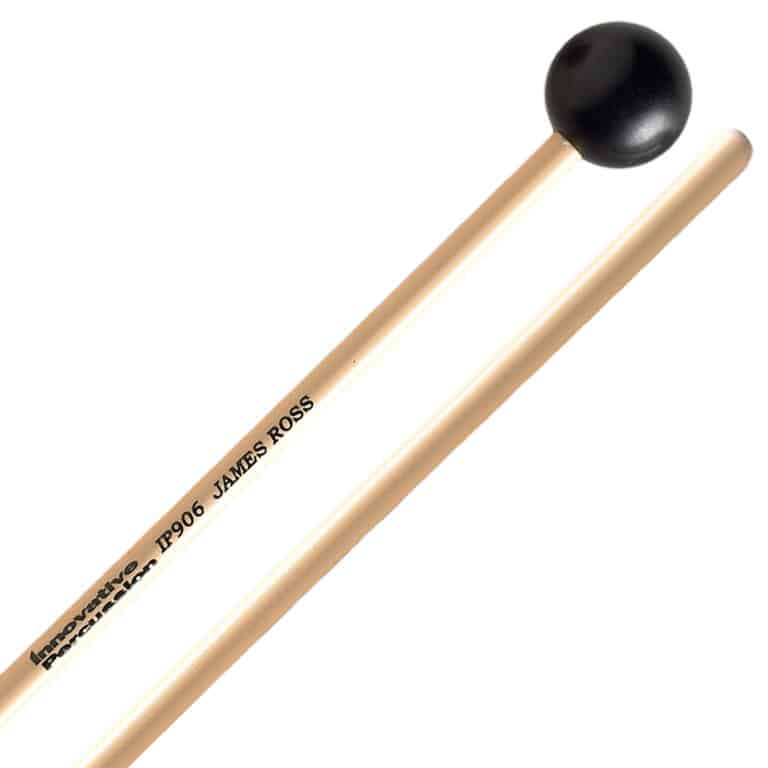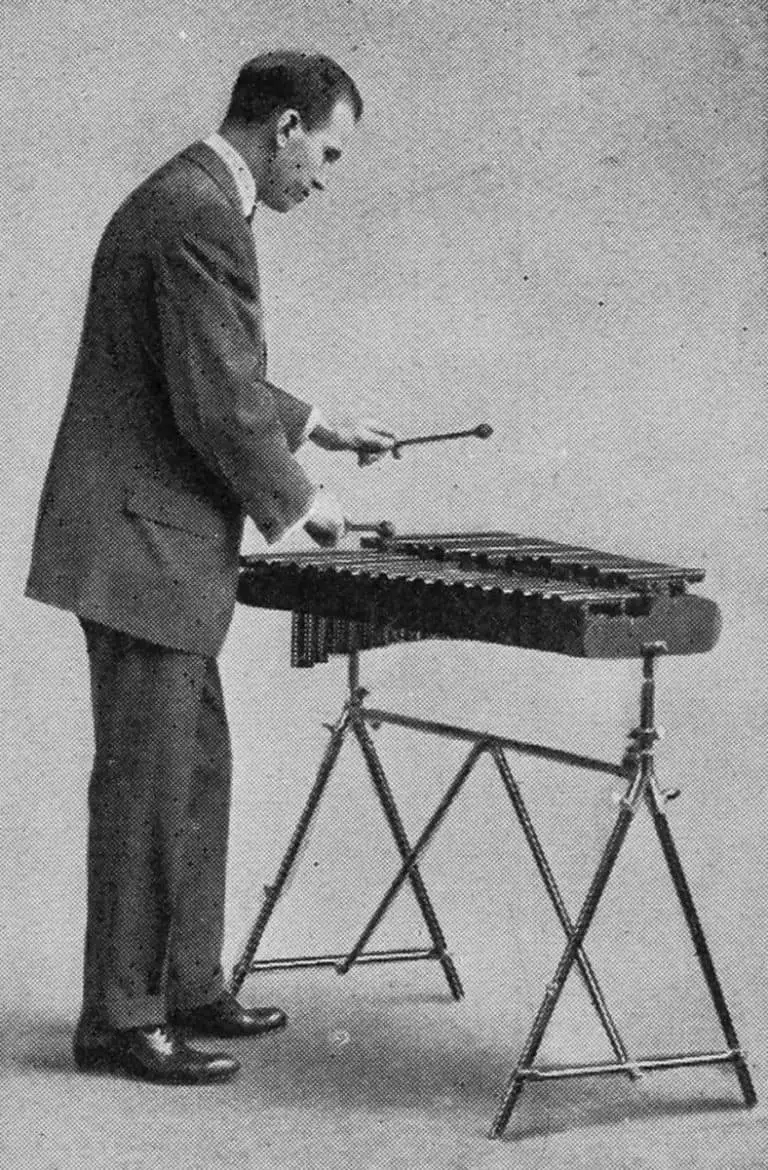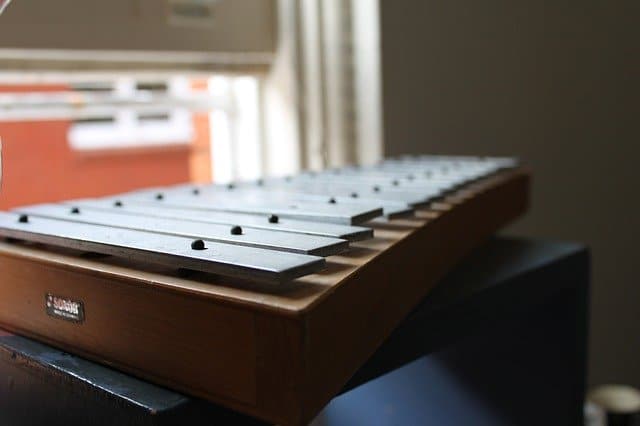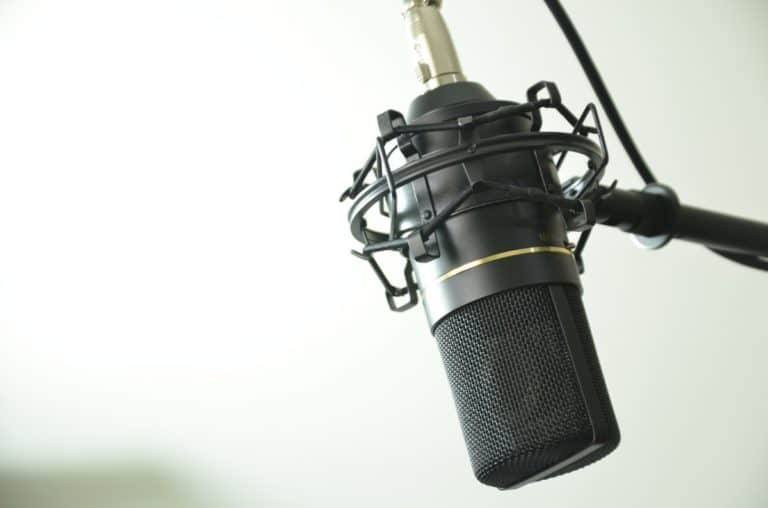How to Care for a Marimba: Care and Maintenance Tips
The main goal of proper marimba maintenance is to ensure the quality of sound that resonates from the pipes remains as perfect as the day it was first assembled.
How to Clean a Marimba – Carefully examining and cleaning the tone plates, resonator pipes, and tone plate suspension cords. Also fully understand how to assemble and disassemble the marimba without damaging any of the delicate pieces. The final step is to use the proper marimba mallets and choose the correct hardness for each playstyle.
The marimba is a beautiful, underrated instrument that has been around since the 17th century. Over the years musicians have used this instrument to create amazing pieces of musical art. No matter the skill level of the player, it is extremely important to understand the proper steps and routines needed to maintain and clean a marimba.
And here I run through everything to be considered in taking care of a marimba instrument.
The Importance of Proper Marimba Care.
Perfect marimba care starts long before any note is struck.
If possible, keep the marimba covered and in one location that is properly ventilated, about room temperature, and has no more than an average of fifty percent humidity in the surrounding area.
The type of wood and how expensive the marimba originally was will influence how carefully the user needs to protect it from excessive moisture and damage. But, Any instrument should be cared for the best you can regardless of price.
High quality, professional marimbas use Honduran rosewood, which delivers the clearest, richest sound out of all of its competition.
Due to the lack of supply, difficult woodworking process, and extremely long growth times, the wood is extremely expensive. The quality of sound Honduran rosewood produces is so superior to the alternative synthetic tone plates, that it creates an extreme price difference between low and high-quality instruments.
The cheapest of which is around USD 800 with some even going above $20,000. Honduran rosewood gets its superior sound from being dried and aged for as long as possible and can be very sensitive to unwanted adjustments in its moisture.
The lack of moisture ensures every note struck reverberates as clearly as possible. This is why it is imperative the marimba not be played in the rain, in areas of high humidity or around drinks of any kind.
Before playing, properly inspect the tone plates for moisture or damage and thoroughly wipe each plate down with a dry cloth.
If the rosewood was not painted with lacquer, like most marimbas, then simply use lemon oil about once a month. Be sure not to spray cleaner directly on the plates and instead, lightly spray it on a microfiber rag.
During play, each note struck transfers dust from the mallet onto the plates, which will eventually cause irreplaceable damage if not cleaned. Do not hit the plates with excessive force and especially do not use metal mallets with wooden tone plates.
After play, properly inspect for dust and damage and then wipe once more if anything was missed.
If any cracks, chips, or dents in the tone plates are present, it will dramatically affect the quality of sound that is produced. Unfortunately, there are no easy ways to repair these and the only good option is to replace the plate entirely.
Padauk Marimba Care
Middle of the line marimbas use a wood widely available in Africa called padauk.
This wood is much easier to produce, much cheaper, and provides similar sound to the rosewood, however, it does not produce the clearest notes and is therefore slightly inferior.
The same precautions should be taken with this type of wood, as it is still a delicate wood and can be damaged from the sun or moisture.
Due to the significantly cheaper cost, though, some opt to replace the bars more often and use the marimba more extensively.
Synthetic Bars
The final material marimba tone bars are made of is a man-made, synthetic material.
This is most often used with students and in marching bands, since it is not affected by humidity, sun, or rain, is extremely cheap to replace, and does require extensive cleaning like the Honduran rosewood. However, the sound is completely different than padauk or rosewood, as it creates a much more resonating, metallic sound and lacks the professional quality found in rosewood.
Resonator Pipe Care
Directly beneath the tone plates are the resonator pipes, which, as the name suggests is what creates the specific tone of each note.
These pipes are made from either brass or aluminum which can both easily be dented. This causes the volume of the pipe to change, which then changes the pitch.
Various lengths and widths of pipes create the internal volume that adjusts the pitch of the note. Longer pipes create lower pitches and vice versa. Generally, the only way to adjust the pitch of individual notes is to change how close the tone plate is to the resonator pipes.
A lower pitch is achieved by bringing the tone plate closer, a higher pitch is made by moving it farther away.
Tuning
There are several reasons a marimba may be out of tune, one of which being the ambient temperature of the room.
Higher temperatures result in lower pitches, lower temperatures result in higher pitches.
For proper marimba care, keep the instrument around 73 degrees Fahrenheit or 23 degrees Celsius.
High-end marimbas have knobs that allow the adjustment of the resonator pipes to allow play outside of the 23-degree range and to re-tune the instrument when necessary.
To tune the marimba, carefully alternate between two notes while simultaneously turning the adjustment knob in small increments until the pitch is close, then slow the rate until the pitch is perfect.
If the tone plates are clean and undamaged, the room temperature is nominal, and the resonator pipes are properly tuned, but the marimba still does not sound correct, then it is necessary to check the inside of the pipes.
The bottoms of the pipes are closed off for the convenience of space and portability, otherwise, they would need to be twice the length. However, this also allows dust and debris to become trapped in the pipes, changing the volume and pitch.
To ensure this does not affect the overall quality of the instrument, it is essential to check for debris in the pipes at least once a month.
If anything is lodged in the pipes or there is a significant amount of dust, carefully remove the pipe, flip it upside down, and thoroughly clean the inside with a rag and noncorrosive, nonpetroleum based products.
Lemon oil or glass cleaners like Windex work great for this. After inspection, replace the resonator pipe and tune until the pitch is nominal.
Suspension Chord Care
The final piece that must be kept in check to ensure the longevity of the marimba are the suspension cords that hold the tone plates.
The suspension cords hold the tone plates without affecting the resonance of the plates like any other suspension method would.
The tightness of these cords is extremely important for the well-being of every marimba. Too tight, and the tone plates vibrate more than necessary and cause a tone shift. Too loose, and the note struck will not reverberate as much as it should, and may not even play if it is extreme.
To check if the cords are too tight or loose, lightly push down on the tone plate, a little leeway is acceptable but if it moves too much or not at all, the cords definitely need to be adjusted.
This can be done by carefully altering the knot of the string at the end of each row. One of the most important things to do every time before you play is to check the suspension cords for any fraying or tearing. This can dramatically affect the sound quality of the instrument, and, if left unattended, will eventually cause the cords to snap, possibly also causing damage to the tone plates or resonator pipes.
While it is possible to replace the cords on your own, it is not recommended, improper installation could lead to more extensive future damages.
It is best to find a specialized percussion instrument repair person that will replace the cords as soon as they become frayed or torn. It is also important to make sure the posts at the ends of the cord are not bent or twisted as this will affect the tension in the cord and may not be able to be returned to its original position.
Marimba Care Schedule
Knowing when and how to clean a marimba is only important if a cleaning schedule is implemented.
Marimba Cleaning Assembly and Disassembly
To fully maintain a marimba, one must understand the entirety of the instrument. There are many instances where a marimba must be transported and it is essential to do so with extreme care.
Each marimba is different so be sure to read the owners’ manual and watch assembly and disassembly videos for the specific brand and model of the marimba.
Two people may be required to carefully assemble and disassemble the instrument.
The assembly process varies among different brands but usually follows a similar process. First begin by assembling the frame, starting with the end posts and working towards the center supporting posts.
The beginning process of a marimba assembly is not much different than assembling a desk or similar pieces of furniture; just follow the instructions and the frame will come together.
Next to assemble are the support rails for the tone bars which connect to the previously assembled frame.
It is important to ensure that all rails are as straight and symmetrical as possible so the keys are properly aligned with the resonance tubes when the instrument is assembled.
Resonator Pipes Assembly
Naturally, the next step is to install the resonance pipes. this process is very specific to the brand and model of the marimba and the utmost care should be taken. Closely follow any instruction manual and be sure to not use excessive force or try and fit the tubes through the bottom of the instrument.
If installed incorrectly or force is used, permanent damage may be caused, which may also require the entire tube to be replaced.
Tone Plates Assembly
The final process of assembly is to put the tone plates on. Roll the keys out on the marimba and join the string with the bar plate, making sure the strings are adequately tight as previously explained.
Tune the tone bar suspension cords and double-check everything.
Transporting
When transporting the instrument reverse the steps to disassemble and wrap comfortably in bubble wrap or some other impact-resistant packaging.
The marimba should never be transported outside or over long distances while still assembled. While disassembling the instrument, take a couple of extra seconds to inspect the parts for damage that can not be easily be seen while the marimba is assembled.
After assembling in the proper location, double-check to make sure everything was assembled correctly. If necessary and possible, it is also recommended to have another person inspect the instrument.
Go through a scale or basic song to find the out of tune keys. Tune what is needed, following the proper tuning techniques and let the marimba sing!
Mallets
Another sometimes overlooked aspect of the marimba that still requires special attention is the mallets.
Since marimba tone plates are generally made of Honduran rosewood which can be scratched or dented and is very scarce, it is necessary to use soft mallets and never ones made of metal.
Most mallets for marimbas consist of a fiberglass rod that forms the handle with yarn glued to the end. Different densities of the yarn create soft, medium, and hard mallets which are each used to play a wide array of notes.
Yamaha Education Suite has a great article explaining the differences between all of the mallets not just for marimbas but for almost all of the percussion instruments that require mallets. When choosing the perfect mallet, consider what type of range and articulation is desired. Yamaha Education Suite explains these two very well
Determining your desired articulation is the first step in finding the right mallet. The hardness of a mallet — very soft, medium, very hard, etc. — determines the articulation at the instrument. For rolls, a soft to medium-soft mallet is recommended for a nice smooth legato tone. For articulate passage, a hard mallet should be considered to allow all notes to speak.
Yamaha Education Suite
Marimba Care Summary
The marimba may not be the most used or heard of percussion instruments, but it plays a key role in many musicians’ lives. The rarity of high-quality marimbas ensures the need for high-quality marimba care. The main areas of the marimba that can be damaged are..
- Tone plates
- Resonator pipes,
- Tone plate suspension cords.
If any of these areas are left unchecked, the marimba will become out of tune and will eventually become damaged beyond repair.
To a lesser extent but equally as easy to damage is the frame. Careful movement and transport can prevent unsightly knocks scrapes or dents.
Simple common sense with some attention to detail will ensure that the marimba stays as pristine as it was with the first play.
Always keep the marimba covered while not in use, avoid improper mallets and excessive moisture in the tone plates, keep the resonance pipes tuned and clear of debris, and frequently check the suspension cords for fraying or tearing.
Ideally, to keep the marimba as sharp and clean as possible, it should be kept in one location at an ideal temperature with moderate humidity.
This is rarely the case though, high-end marimbas need to be heard, and to do that it needs to be in many different locations. To reduce the risk of damage while traveling, the instrument must be disassembled, transported in safe packaging, and re-assembled at the target location.
Follow the proper assembly instructions starting with the frame, very carefully inserting the resonance tubes, and eventually layout the tone bars and tune to perfection.
Depending on the piece of music and play style it is also essential to obtain the correct mallets. Never use metal mallets, only use official marimba mallets made of yarn.
Improper mallets or mallet technique can damage the extremely rare and expensive Honduran rosewood.
Treat the marimba as an extension of yourself, respect it, and It will produce great sound for a long time!


![Best Percussion Instruments For Kids [That you can play too]](https://cdn-0.coolpercussion.com/wp-content/uploads/2020/09/woman-4010110_1920-768x512.jpg)



